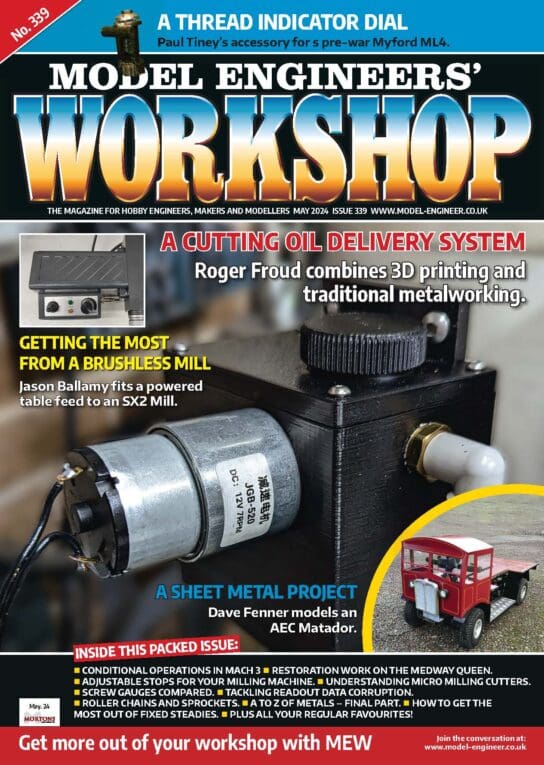Unfortunately the Wynn’s Stop Oil Safety Data Sheet simply says the product doesn’t contain anything unfriendly, so it’s not possible to identify what’s in it.
Unlikely to be a sealant or adhesive in the conventional sense. Probably a chemical that’s liquid and soluble in oil that turns into a spongy solid after heating, and maybe contact with cold air. The mechanism is probably:
- Liquid added to oil in the engine dissolves
- When the engine is started, the cold mixture starts to leak
- After the engine has been running for some time, the stop-oil gets hot and converts into a solid.
- The proportion that goes solid inside a small leak blocks it. (Stop-Oil won’t fill big holes.)
- Any solid left inside the engine oil is destroyed mechanically and by heat as the engine runs normally. The solid isn’t hard enough to damage the bearings or strong enough to block oil ways or the filter. Whatever it is mustn’t be too good!
An old motoring trick is sealing leaking radiators by adding egg-white to the water. Similar mechanism: the egg-white solidifies when the water gets hot enough to cook it, and the resulting solid is man enough to seal a small leak. Works moderately well because cooked egg-white is plastic so it can still plug gaps that open and close as the radiator heats and cools. Any cooked egg left floating inside the water system is thoroughly mangled by the water pump and thermostat, so it doesn’t gum anything else up – we hope!
As usual with ye olde folk remedies, egg-white has long been outperformed by commercial products developed and tested in a lab by chemists. Although egg-white has the right sort of chemical and physical properties for the job, it decomposes and/or bacteria eat it. Not ideal.
None of these products are permanent fixes, but in my youth I stretched the life of old bangers usefully with various potions. They avoided an expensive repair on cars that were approaching the end. (Back then I drove cars until they were downright unreliable, and spent many a weekend keeping them going.) Most got scrapped when they developed multiple expensive age related faults: rust, worn clutch, pads or bearings, burning oil, perished rubber, faulty radio, dinged windscreen, unreliable battery, leaks, iffy synchromesh etc etc etc. Beyond a certain point, not worth doing major repairs because everything else is in a poor state too. Very easy to end up throwing good money after bad. You can guess how I know!!!
Dave
 Dave Halford.
Dave Halford.



